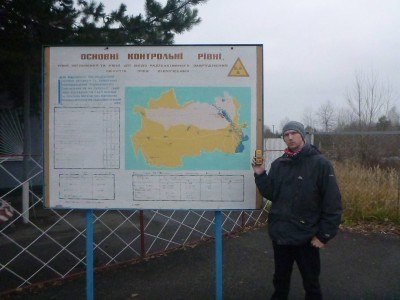
Backpacking in Ukraine: Chernobyl Exclusion Zone Tour Part 2 – Arrival at the CEZ at Dityatki Checkpoint
Following my trip out of Kiev to the Chernobyl Exclusion Zone, and being based in the Tiu Kreschatik Hostel, we arrived at the CEZ entrance. The area beyond this checkpoint is out of bounds for tourists and ordinary people. You need a pass and you need to be there as part of a guided and organised tour (as I was). The checkpoint is known as Dityatki. I showed the borders before but here they are again, just to give you an idea of the CEZ boundaries. On this four I headed to all four zones, officially in three of them:
1. Un-named Zone
2. Periodic Control Zone
3. Permanent Control Zone
4. Confiscated/Closed Zone (we were 20 metres from the plant, but could not access for safety reasons)
Some Facts About Radiation
On the way there, we were asking Misha a lot of questions about Chernobyl. I was on a small guided tour in a car with fellow travellers Martin and Brett. It was a lonely road to Chernobyl.
We learn that by spending 2 days in Kiev this is worse for you than a day in Chernobyl. That was a big surprise! On the drive to the CEZ, we ask lots of questions and the rest of the time, I read my information sheets, below.
Levels of Radiation in Places
Radiation wise, in micro sieverts per hour, here are the radiation levels of some places:
- Kiev – 0.14 uSv/j (micro Sieverts per hour)
- Chernobyl Exclusion Zone – 0.12
- San Francisco – 0.21
- Aeroplane (at an altitude of 13 km) – up to 8.0
- Observation point in front of Sarcophagus (Reactor Number 4, 270 metres away) – 3.5
- Prypiat – from 0.25 to 1.50 depending on the part of the city
Doses of Radiation
Radiation wise, in micro sieverts per hour, here are the radiation levels of some things we intake:
- Eating 1 banana – 0.01
- A day trip to Chernobyl with Solo East – 2.2
- A dental x-ray – 5.0
- Aeroplane flight from Kiev to Toronto – 22.0
- Chest CT scan – 7,000
- One year dose limit for a regular Chernobyl worker – 50,000
- Dose limit for emergency workers in lifesaving operation – 250,000
- Survival ocassionally possible with pro,mpt treatment – 4,000,000
- Fatal dose – 8,000,000
- 5 minutes next to core of Reactor Number 4 after explosion and meltdown – 25,000,000
Arrival at Dityatki Checkpoint
When we arrived at Dityatki Checkpoint, it became obvious where we were. We had driven for about one and a half hours north of Kiev and were now leaving normal Ukraine land for the Chernobyl Exclusion Zone, a specially managed territory that also straddles the border into Belarus.
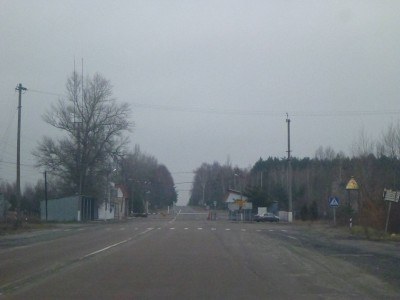
Arrival at Dityatki Checkpoint, where “normal Ukraine” ends and the Chernobyl Exclusion Zone begins.
There is a huge information board and map here.
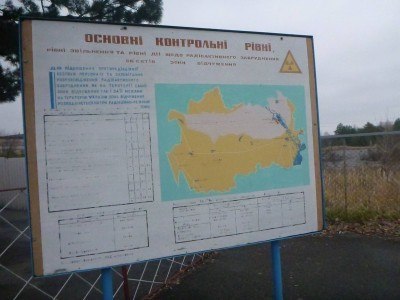
Arrival at Dityatki Checkpoint, where “normal Ukraine” ends and the Chernobyl Exclusion Zone begins.
At the checkpoint here at Dityatki, in terms of paperwork we do two things:
1. Show our passport. They are checked. No stamp of course, we’re not leaving Ukraine for the Belarus side.
2. Fill in a form and sign it to say we have read the declaration. I have included the declaration below. It’s standard procedure and the officers in charge of the CEZ must have all these documents for clearance before you can enter the zone. Again, you can’t backpack here alone, you MUST go with a guided tour!
As you can see there are some restrictions, which must be adhered to. During the tour, I brought only water to drink. Lunch is included on the tour and I will cover that in another part of the tour report.
Passport Check, Signing the Form, Entry Brief
As well as getting our passport checked, we simply read and sign the form. After this we are given a brief by our guide Misha, next to the map, we can take some photos and off we go.
The next stop on the tour after this was Chernobyl Town itself, which is still a town with a population. After that, we’d tour Pripyat, Reactor Number 4, Kopachi, the Duga Radar System and have lunch inside the CEZ.
Here are my videos of this part of the tour:
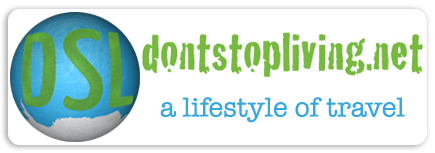
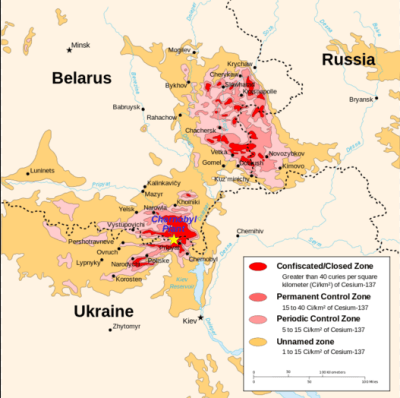
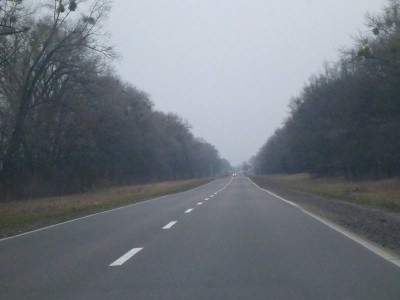

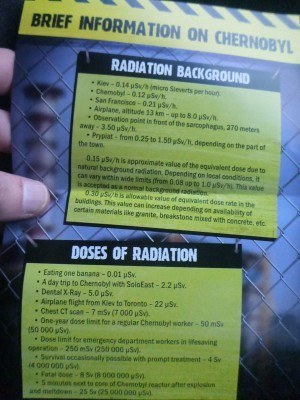
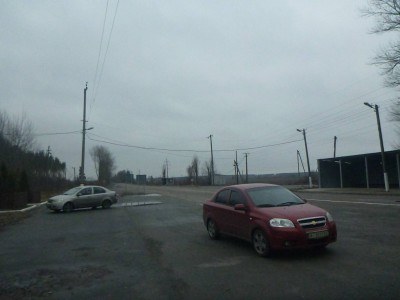
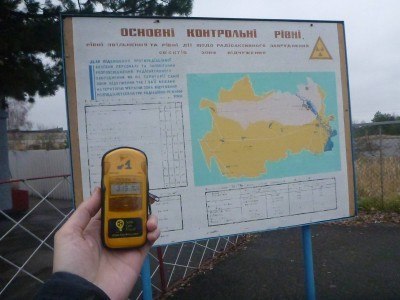
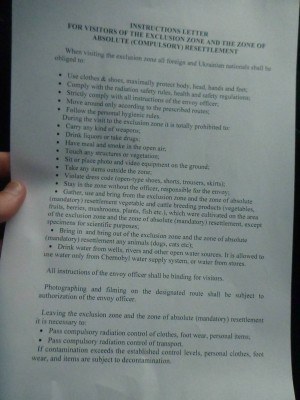


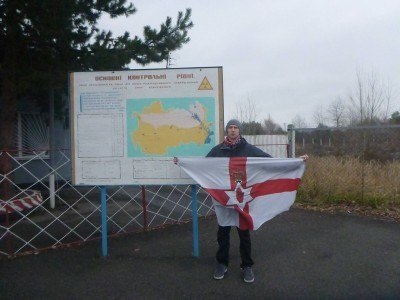

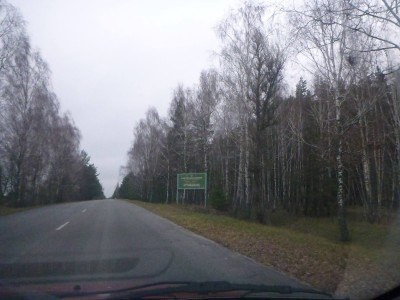
Thanks for sharing those facts about radiation! It really puts the horror of this meltdown into perspective.
Hi Ray, yes thanks for the comment. It’s a crazy disaster that affected many lives for the last thirty years. It changed the world, in the long run hopefully for the better. Safe travels. Jonny